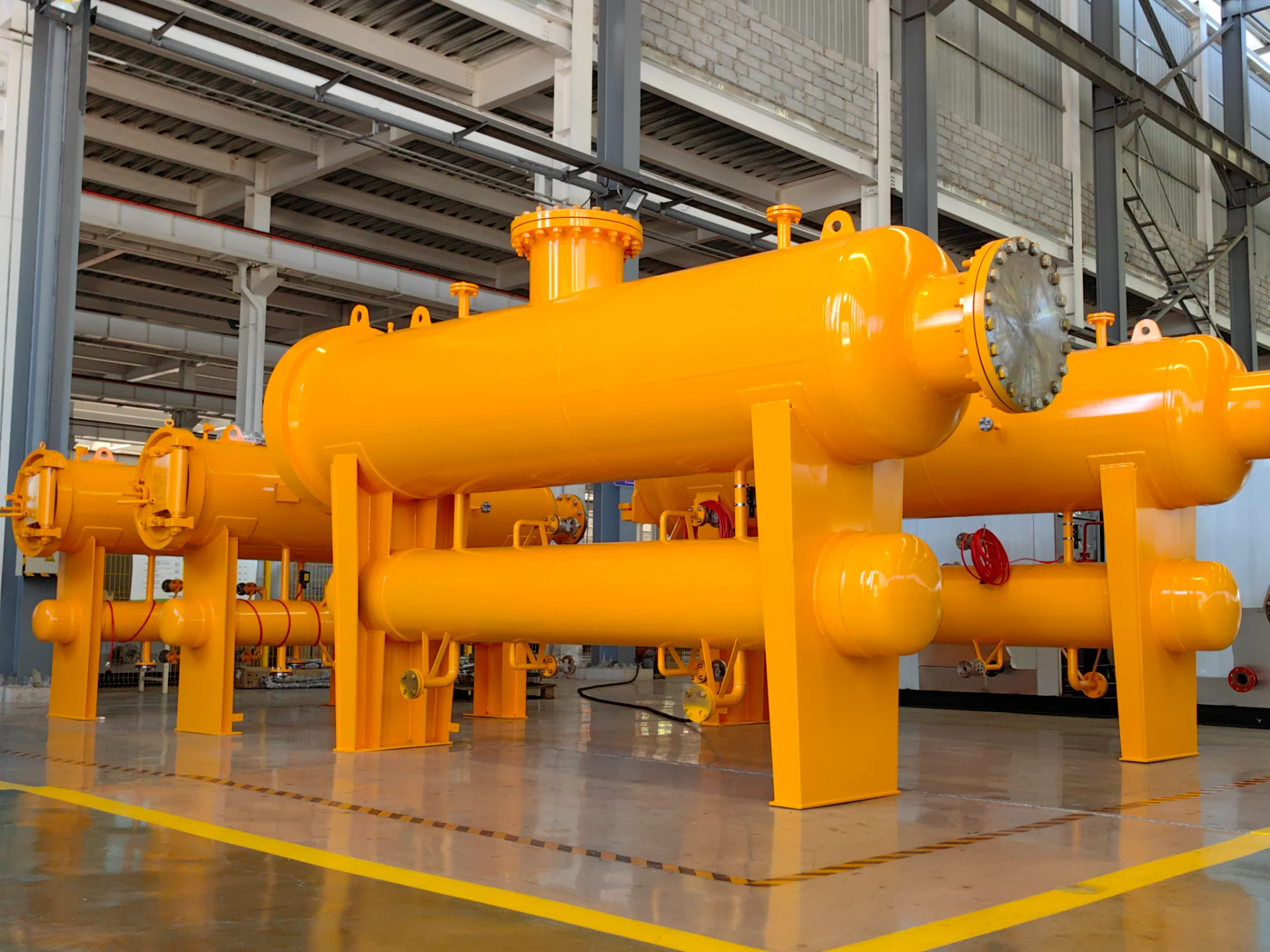
Dec . 14, 2024 21:54
Back to list
Natural Gas Pressure Regulation Valve for Efficient System Performance and Safety
Understanding Natural Gas Pressure Reducing Valves
Natural gas plays a vital role in our daily lives, providing energy for heating, cooking, and electricity generation. However, the safe and efficient use of natural gas requires careful regulation of its pressure. One crucial component in this process is the natural gas pressure reducing valve (PRV), which ensures that natural gas is delivered at the appropriate pressure for various applications. This article explores the functioning, importance, and types of natural gas pressure reducing valves.
How Pressure Reducing Valves Work
Pressure reducing valves are mechanical devices designed to lower and control the pressure of gas from a high-pressure source to a lower, usable pressure. The principle behind a PRV is relatively straightforward the valve automatically adjusts itself based on downstream pressure requirements.
When high-pressure natural gas enters the valve, it encounters a diaphragm that is connected to a spring. The pressure exerted by the incoming gas moves the diaphragm, compressing the spring and allowing gas to flow through an opening. The size of this opening is modulated based on the downstream pressure. As more gas flows, the pressure in the downstream system rises, moving the diaphragm against the spring and reducing the opening size, thereby lowering the output pressure.
This dynamic balancing act allows PRVs to maintain a stable output pressure, regardless of fluctuations in the upstream pressure or variations in the downstream demand.
Importance of Pressure Reducing Valves
The safe and efficient operation of natural gas systems depends heavily on the use of pressure reducing valves. High pressure can be dangerous, leading to leaks, explosions, or damage to appliances. By regulating the pressure, PRVs ensure that gas is delivered at a safe level, offering protection to both users and infrastructure.
Moreover, PRVs help optimize energy consumption. Natural gas appliances are designed to operate at specific pressure levels; if the pressure is too high, they can become inefficient or even damaged. By maintaining the correct pressure, PRVs enhance the efficiency of gas utilization, reducing waste and lowering operating costs.
natural gas pressure reducing valve

Additionally, pressure reducing valves play a crucial role in regulatory compliance. Many regions have strict safety regulations governing the use of natural gas, including specifications on pressure levels. Installing PRVs helps gas operators adhere to these regulations, ensuring safe and legal operations.
Types of Pressure Reducing Valves
There are several types of pressure reducing valves used in natural gas applications, each suited for different scenarios
1. Single-stage PRVs These valves provide pressure reduction in one step. They are simple and suitable for applications where the pressure differential is not excessively high.
2. Two-stage PRVs These comprise two stages of pressure reduction, offering a more gradual decrease in pressure. This type is used in applications where the difference between the inlet and outlet pressures is significant, ensuring better performance and stability.
3. Electronic Pressure Reducing Valves These modern valves incorporate electronic controls to monitor and adjust pressure dynamically. This technology allows for precise control, ideal for applications requiring consistent gas flow and pressure, such as industrial processes.
4. Spring-loaded PRVs Common in residential applications, these rely on mechanical springs to adjust pressure. They are simple to install and maintain, making them popular in home gas systems.
Conclusion
Natural gas pressure reducing valves are essential components in gas distribution systems, ensuring safe and efficient delivery of natural gas for various applications. By controlling pressure levels, these valves protect infrastructure, enhance energy efficiency, and comply with safety regulations. Understanding how PRVs work and their importance can help consumers and industry professionals make informed decisions when it comes to natural gas usage. Whether for home appliances or large industrial systems, the effective regulation of natural gas pressure is crucial for safety and efficiency in our daily lives.
Next:
Latest news
-
Safety Valve Spring-Loaded Design Overpressure ProtectionNewsJul.25,2025
-
Precision Voltage Regulator AC5 Accuracy Grade PerformanceNewsJul.25,2025
-
Natural Gas Pressure Regulating Skid Industrial Pipeline ApplicationsNewsJul.25,2025
-
Natural Gas Filter Stainless Steel Mesh Element DesignNewsJul.25,2025
-
Gas Pressure Regulator Valve Direct-Acting Spring-Loaded DesignNewsJul.25,2025
-
Decompression Equipment Multi-Stage Heat Exchange System DesignNewsJul.25,2025

